LSST
|
I'm currently working on simulating the calibration procedure for LSST. The image on the right shows the calibration residuals of one million stars after two years observing with LSST. |
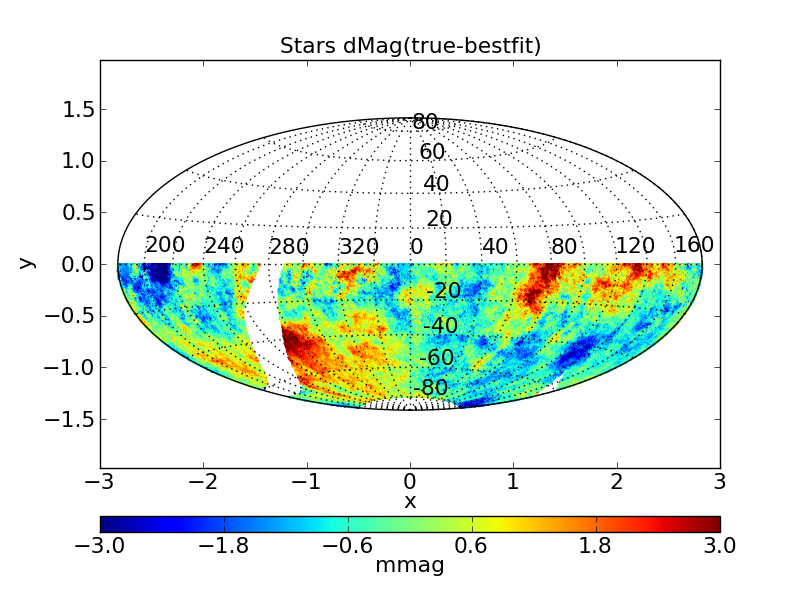
|
|
I'm currently working on simulating the calibration procedure for LSST. The image on the right shows the calibration residuals of one million stars after two years observing with LSST. |

|
|
The VIRUS-P IFU spectrograph is a prototype for the HETDEX project. When mounted on the 2.7m at McDonald Observatory, VIRUS-P provides 247 fibers, each with a diameter ~4.5" and a field of view of ~2' on a side. This makes VIRUS-P the ultimate spectrograph for low surface brightness regions of galaxies. I have started a project with Rok
Roškar and Victor
Debattista to look at a sample of nearby galaxies with VIRUS-P to
explore the stellar populations where the surface brightness profile
truncates and switches to a steeper exponential profile. The images on the right show some of our early results observing NGC 6155. I am also a member of the VENGA collaboration which will use VIRUS-P to observe a sample of 30 nearby galaxies to measure spatially resolved star formation rates. |
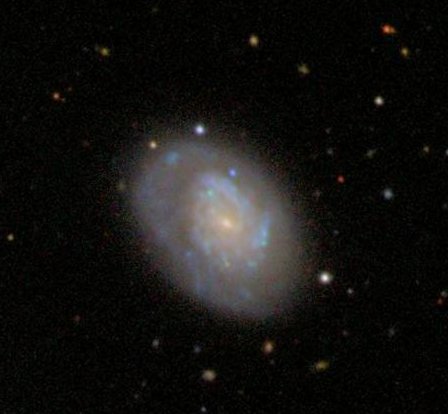 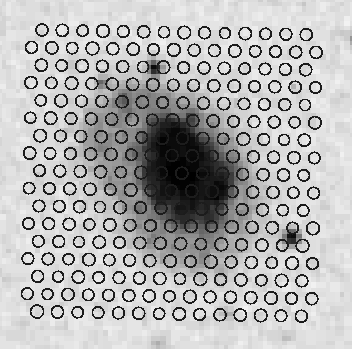 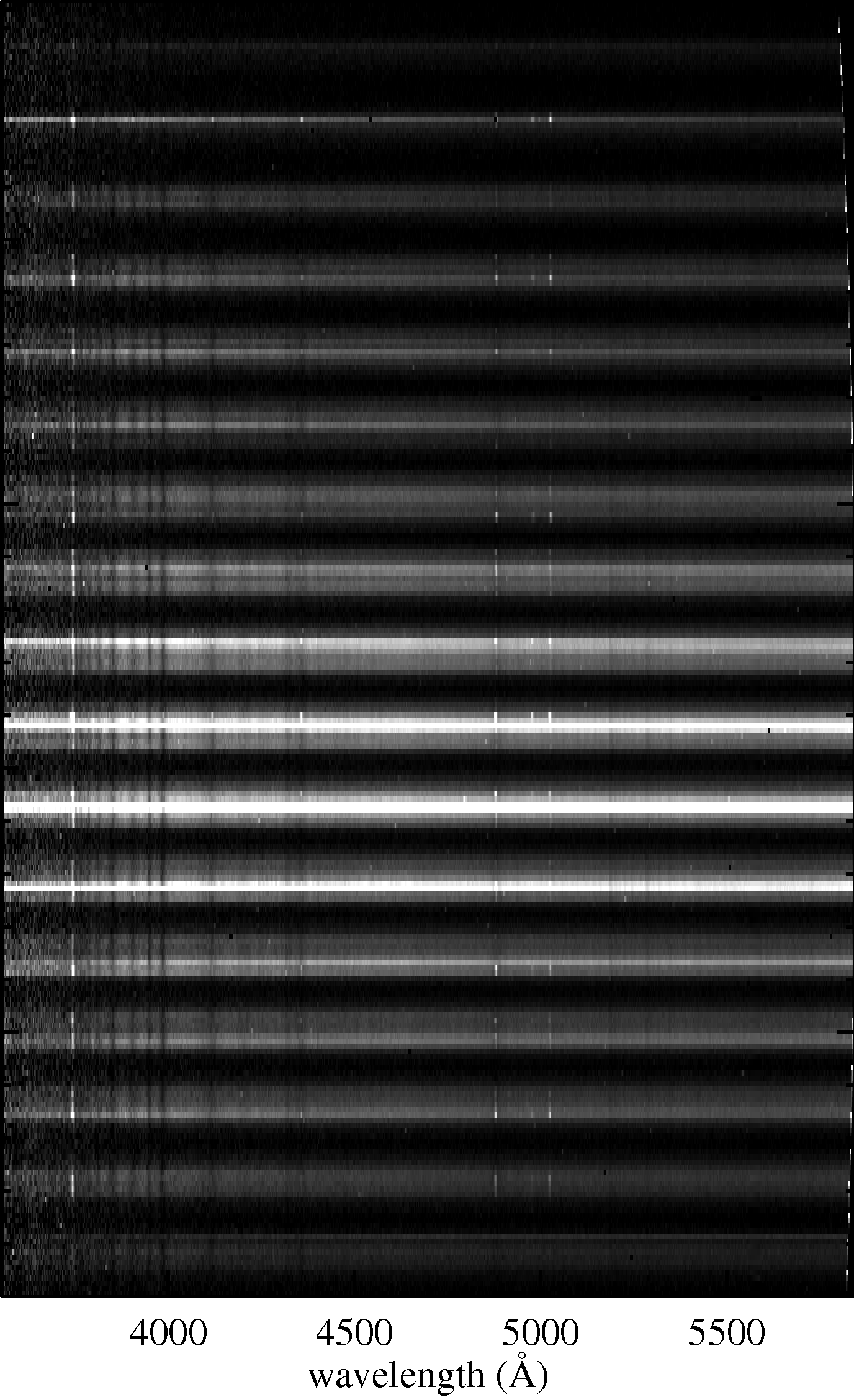 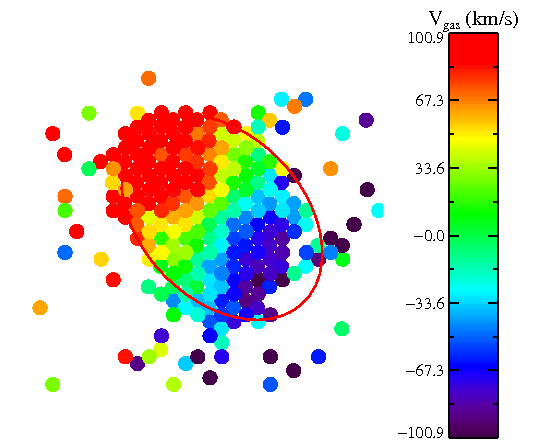 |
|
I'm currently working with Sarah Loebman, Meghin Spencer, and Denise Schmitz to build catalogs of satellite galaxies around nearby, isolated, massive galaxies.
On the right is an example of one of the galaxies (M106) in our survey. |
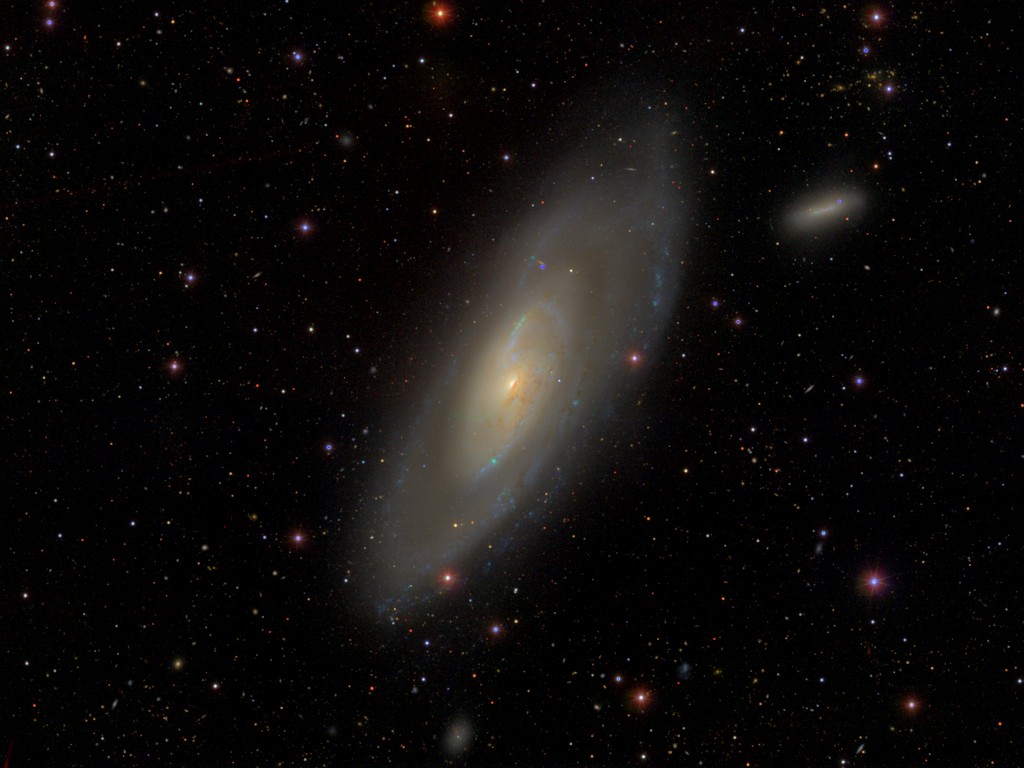
|
|
My thesis work focused on observing the properties of thick
disk stars in a large sample of
nearby galaxies. The thick disk can be seen in the B-R color map of FGC 780 on the
right as the faint red region extending off the disk. We found
that all disk galaxies seem to host a thick disk, and that this thick
component is more prominent in lower mass galaxies. At the most
extreme, we found that one-half of a galaxies stellar mass can be
contained in the thick disk. |
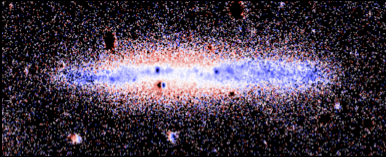 |
|
I have been working with Les McCommas and the ANGST team to generate Cepheid light curve templates that can be used to fit periods and magnitudes to stars that have sparse observations. By combining large number of fits from OGLE observations, we have succeeded in making templates for long and short period Cepheids as well as Cepheids pulsating in the first-overtone mode. On the right is a section of M81 observed with ACS. We have applied our templates to variable stars observed in this field to demonstrate the accuracy of our new templates. |
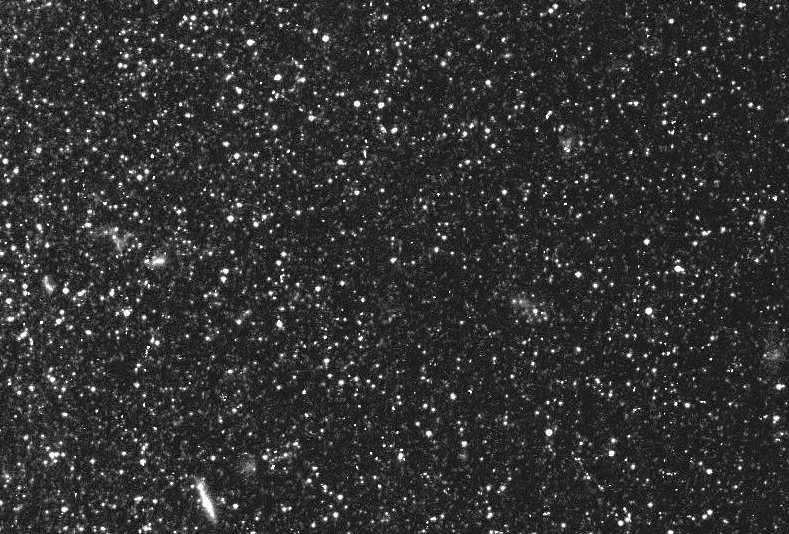 |